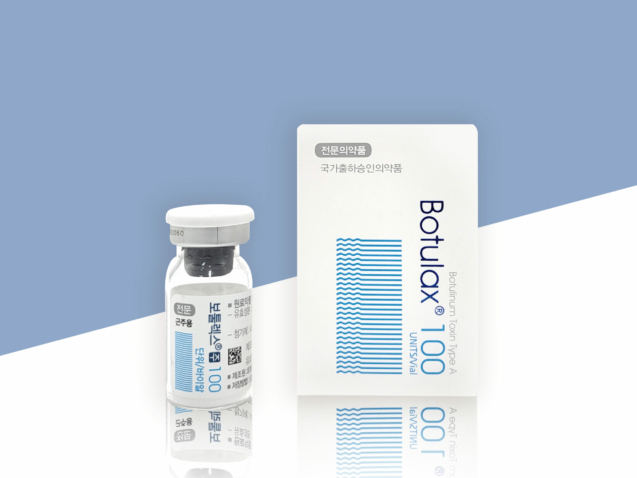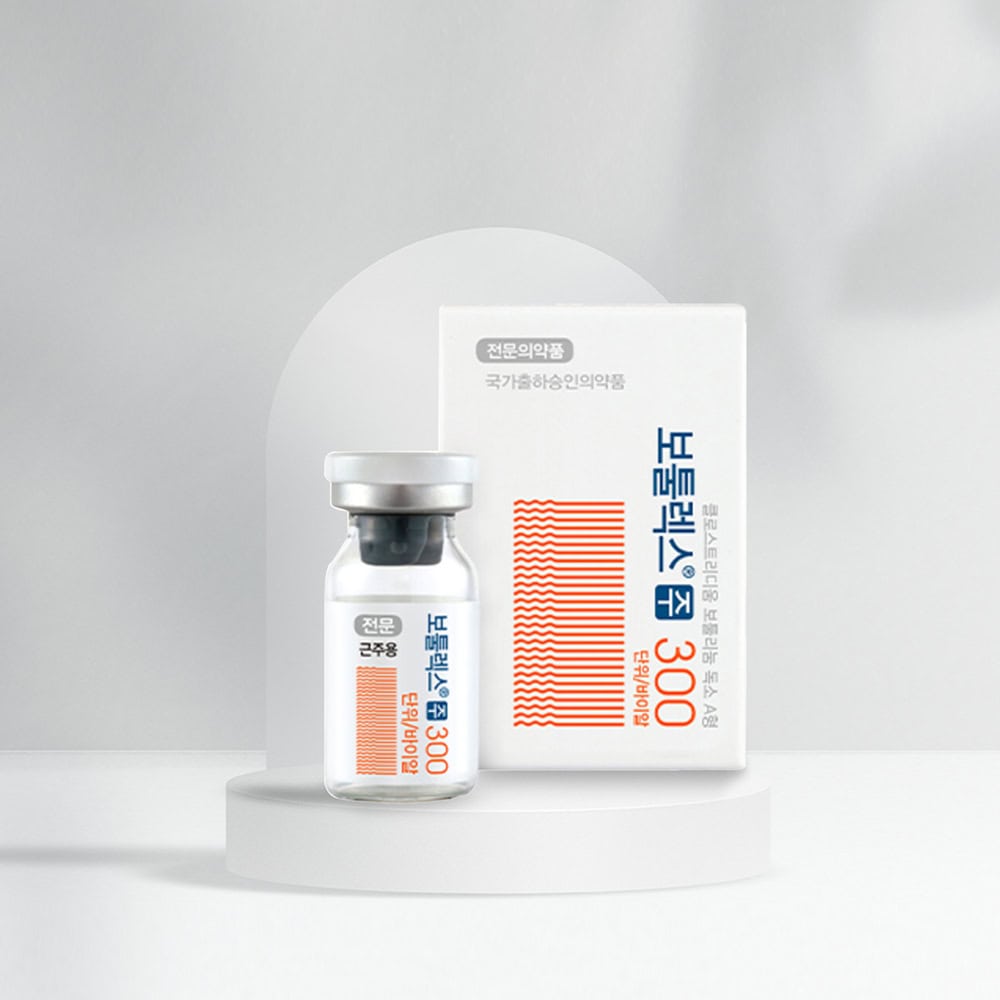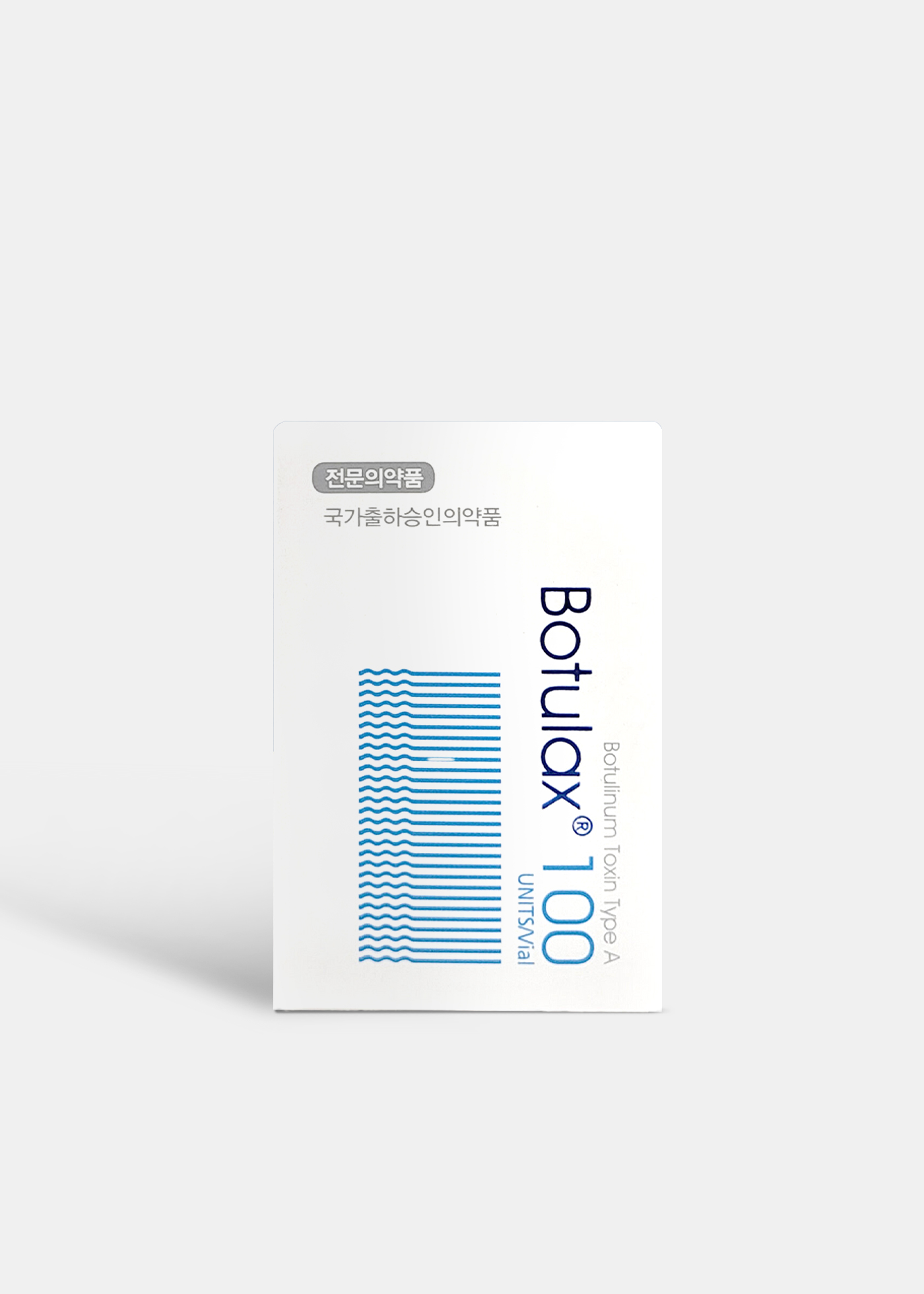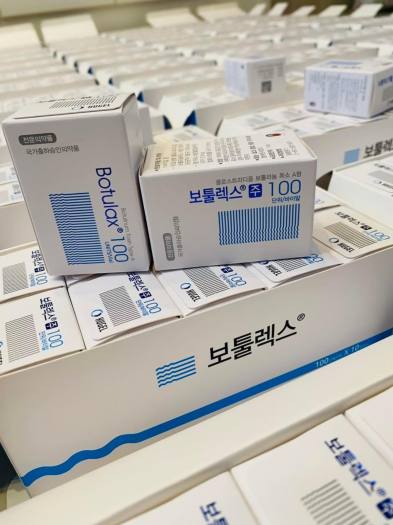When it comes to non-surgical cosmetic procedures, few treatments have gained as much popularity as Botox. This iconic neuromodulator has set the benchmark for wrinkle reduction and facial rejuvenation. However, in recent years, another contender—Botulax—has emerged, providing a comparable alternative that has garnered significant attention. Both Botulax and Botox are derived from botulinum toxin but differ in formulation, approval status, and some aspects of their application and efficacy. This article aims to dissect these two products thoroughly, exploring their origins, mechanisms of action, applications, side effects, cost considerations, and more. By the end, readers will gain comprehensive insights into Botulax vs Botox, empowering them to make informed choices tailored to their aesthetic and therapeutic needs.
Table of Contents
ToggleUnderstanding Botulax and Botox

In the realm of cosmetic enhancements, both Botulax and Botox have transformed the way individuals approach aging and appearance. However, understanding the nuances between the two is crucial for optimal treatment outcomes.
What is Botox?
Botox, short for Botulinum Toxin Type A, is a medical product that has been widely recognized and used since its FDA approval in 2002 for cosmetic applications. It works by temporarily paralyzing muscle activity, effectively smoothing out wrinkles associated with facial expressions. The product is manufactured by Allergan and has become synonymous with non-invasive cosmetic procedures.
The wide acceptance of Botox stems not only from its effectiveness but also from the extensive research supporting its safety and efficacy. It is commonly used to treat dynamic wrinkles, such as crow’s feet around the eyes, frown lines, and forehead lines. Over the years, Botox has expanded its indications to include various medical conditions, including chronic migraines, excessive sweating, and even certain bladder disorders.
What is Botulax?
Botulax, a relatively newer player in the field, is a botulinum toxin product developed by Hugel, a South Korean company. While it operates on the same principles as Botox, Botulax is often marketed as a more affordable alternative without compromising on quality. Since its introduction, Botulax has gained rapid popularity, particularly in Asian markets, and has begun to make inroads into Western countries.
What sets Botulax apart is its specific formulation, which includes additional ingredients designed to enhance the longevity and dispersion of the product once injected. As its usage grows, many practitioners have started to explore the potential benefits and drawbacks compared to the well-established Botox.
The Origins of Each Product
The journey of Botox began in the late 1980s when researchers discovered its therapeutic potential. Initially used to treat strabismus (crossed eyes) and blepharospasm (eyelid spasms), its cosmetic capabilities were soon realized, leading to widespread adoption. Over the last two decades, it has dominated the market due to rigorous clinical studies and its established safety profile.
Conversely, Botulax made its debut in South Korea after being developed with the intention of providing a more budget-friendly option for patients seeking botulinum toxin treatments. Despite being newer to the scene, it has quickly made a name for itself, especially among those looking for effective alternatives to Botox.
Mechanism of Action of Botulax vs Botox

Understanding how each product works can shed light on their effectiveness and help users make informed choices based on their specific needs.
How Botox Works
Botox functions by inhibiting the release of acetylcholine, a neurotransmitter responsible for transmitting signals between nerves and muscles. When injected into targeted areas, Botox blocks these signals, preventing the corresponding muscles from contracting. This temporary paralysis results in a smoother appearance of the overlying skin.
The effects of Botox typically manifest within a few days following treatment, with optimal results visible within one to two weeks. The duration of effect usually lasts between three to six months, depending on individual factors and the area treated.
How Botulax Works
Similar to Botox, Botulax utilizes the same mechanism of action—blocking the release of acetylcholine to reduce muscle contractions. However, there may be slight variations in its formulation that could influence how the product disperses within the tissue or how long its effects last.
Many practitioners report that Botulax may offer a slightly different texture and spreadability, allowing for nuanced treatments that cater to specific patient needs. Additionally, some patients believe that Botulax can provide a more natural movement post-injection, although clinical evidence remains mixed.
Comparison of Mechanisms
While both products operate through similar pathways, subtle differences in their formulations can lead to variations in their performance. For instance, some anecdotal reports suggest that Botulax provides a more rapid onset of action compared to Botox, while others argue that Botox offers more controllable and predictable results due to its extensive history and consistent manufacturing processes.
Ultimately, the choice between Botulax and Botox may hinge on individual preferences and experiences rather than any fundamental difference in their core mechanisms of action.
Ingredients and Composition of Botulax vs Botox

The composition of these two products is central to their effects and safety profiles. Analyzing their ingredients and formulation can provide insights into their overall effectiveness and suitability for various procedures.
Active Ingredients in Botox
At its core, Botox contains botulinum toxin type A, which is produced by the bacterium Clostridium botulinum. In addition to the active ingredient, Botox contains several proteins and stabilizers that improve its residence time and facilitate its injection into the skin.
These additional components play a critical role in ensuring the stability and efficacy of the product during storage and use. The precise formulation of Botox has been meticulously developed over decades, contributing to its reputation as a reliable treatment.
Active Ingredients in Botulax
Botulax also contains botulinum toxin type A, yet its formulation includes proprietary additives that may enhance its effectiveness. Notably, Botulax often incorporates other ingredients intended to promote smoother injections and improved distribution of the toxin in the muscle.
Despite showcasing different auxiliary ingredients, the primary action of Botulax remains consistent with that of Botox, providing a similar level of efficacy for cosmetic and therapeutic purposes.
Differences in Formulation
One of the distinguishing features between Botox and Botulax lies in their respective formulations. While Botox’s formula has been refined over the years based on rigorous scientific research, Botulax’s slightly different composition may lead to variability in outcomes.
Some practitioners argue that Botulax’s unique formulation allows for more flexibility in achieving desired results, especially in sensitive areas like the forehead or around the eyes. Ultimately, individual practitioner experience and patient feedback will guide the choice between the two products.
Indications for Use of Botulax vs Botox

Both Botulax and Botox have found a niche in treating various cosmetic concerns, but they also serve important medical purposes. Understanding the indications for each product can aid patients in making informed decisions regarding their treatment protocols.
Cosmetic Applications of Botox
Botox is most commonly recognized for its ability to diminish wrinkles and fine lines caused by repetitive facial movements. Key areas of application include:
- Forehead Lines: Smooths horizontal creases resulting from raising the eyebrows.
- Crow’s Feet: Reduces the fine lines that appear at the outer corners of the eyes when smiling or squinting.
- Frown Lines: Alleviates vertical lines between the eyebrows, also known as glabellar lines.
Beyond aesthetic purposes, Botox has also been approved for treating hyperhidrosis (excessive sweating), migraines, and temporomandibular joint (TMJ) disorders. Its versatility further solidifies its position as a go-to solution for both cosmetic and medical needs.
Cosmetic Applications of Botulax
Botulax, while emerging in the market recently, shares many of the same cosmetic applications as Botox. Users can expect similar results in treating:
- Forehead Wrinkles: Softening the appearance of lines caused by muscle contractions.
- Eye Area Wrinkles: Smoothing crow’s feet effectively.
- Brow Elevation: Offering brow lifting effects for a more youthful and refreshed look.
Additionally, Botulax is increasingly being used off-label, similar to Botox, for indications such as jawline slimming and neck lift procedures. Its introduction into the market has expanded options for patients who seek affordability without sacrificing quality.
Medical Uses for Both Products
Both products have garnered accolades for their medical applications, helping a wide array of patients beyond aesthetic improvements.
Botox has FDA approval for treating multiple conditions, such as chronic migraines, cervical dystonia, and overactive bladder. Similarly, Botulax is gaining recognition for offering similar therapeutic benefits, expanding patient options and preferences.
The growth of these indications demonstrates the increasing acceptance of botulinum toxin products within the medical community and highlights their evolving role in enhancing both quality of life and aesthetics.
Treatment Areas of Botulax vs Botox

Examining the common treatment areas for both Botulax and Botox allows patients to identify which product may be best suited for their needs based on their specific concerns and desired results.
Common Areas Treated with Botox
Botox has long been the standard in aesthetic medicine, with a variety of treatment areas, including:
- Forehead: Targeting horizontal lines.
- Between Brows: Addressing frown lines.
- Around Eyes: Treating crow’s feet.
Additionally, Botox can be used for non-cosmetic applications, including treating hyperhidrosis in underarms and palms, as well as addressing migraines.
Common Areas Treated with Botulax
Botulax mirrors Botox’s capabilities, with similar areas of focus:
- Forehead and Brow Area: Softening lines and creating lift.
- Eyes: Smoothing crow’s feet and fine lines.
Recent trends have also seen Botulax being employed for lower face treatments, such as jawline contouring and marionette lines, indicating its growing versatility in aesthetic enhancement.
Differences in Application Sites
Although both products treat similar areas, some practitioners advocate for choosing one over the other based on the specific anatomical characteristics of the patient. For instance, if precision is needed in delicate areas like the glabella (the area between the eyebrows), a practitioner may prefer Botox for its established track record.
On the other hand, if wider dispersal across larger muscle groups is desired, Botulax might be chosen for its purported advantages in achieving a natural finish.
Injection Techniques of Botulax vs Botox

Injecting these products requires a trained professional capable of tailoring the technique to the patient’s unique anatomy and treatment goals.
Best Practices for Botox Injections
Administering Botox involves meticulous technique and an understanding of facial anatomy. Practitioners generally follow these steps:
- Assessment: Evaluating facial symmetry and identifying target muscles.
- Marking Injection Sites: Ensuring accuracy during application.
- Technique: Utilizing a fine needle for minimal discomfort and precise placement.
Practitioners must also layer knowledge about the depth of injection and dosage to optimize efficacy while minimizing adverse effects.
Best Practices for Botulax Injections
Botulax injections follow a similar protocol, though practitioners may adjust techniques based on their experience with the product. Emphasis is placed on:
- Customized Approach: Tailoring treatment plans according to individual needs.
- Injection Depth: Optimizing the delivery method based on facial region.
- Patient Comfort: Using various pain management strategies during the procedure.
Overall, successful injections rely heavily on the practitioner’s expertise and familiarity with the specific product.
Techniques Comparisons
While both products require skilled hands for optimal outcomes, differences in preparation may influence injection practices. For example, because Botulax is newer, some practitioners may take additional care in assessing its diffusion patterns.
Comparative analyses of injection techniques suggest that, while both products yield impressive results, personal practitioner experience often dictates preferred methods and approaches.
Efficacy and Results of Botulax vs Botox

Considering the efficacy and results from either product is essential for patients weighing their options. Understanding how long the effects last and satisfaction levels can greatly influence treatment decisions.
Duration of Effects for Botox
Typically, Botox effects last between three to six months. Factors influencing this timeframe include individual metabolism, treatment area, and the skill of the injector. Patients often return for touch-ups to maintain their desired appearance.
Duration of Effects for Botulax
Botulax claims to offer similar durability in results, with a typical duration aligning with that of Botox. However, anecdotal reports indicate that some users feel Botulax may wear off slightly faster, which could be an important point for individuals considering longer-lasting treatments.
Patient Satisfaction Levels
While both products tend to garner high patient satisfaction rates, surveys indicate some nuanced preferences. Many patients report satisfaction with the overall results achieved with Botox owing to its reliability and established history.
Conversely, some users find Botulax appealing due to its affordability and reported natural results. Satisfaction ultimately hinges on individual experiences and expectations.
Safety and Side Effects of Botulax vs Botox

Understanding potential side effects and safety profiles of both products is vital when choosing a treatment option.
Common Side Effects of Botox
As with any cosmetic procedure, Botox carries some risks. Common side effects include:
- Pain at Injection Site: Minor discomfort or bruising may occur.
- Headache: Some recipients may experience transient headaches post-treatment.
- Temporary Drooping: Misplacement can lead to temporary eyelid droop or asymmetry.
Most side effects are mild and resolve naturally within a few days. Understanding these risks beforehand enables patients to make informed choices about their treatment.
Common Side Effects of Botulax
Botulax shares a similar safety profile with Botox. Common post-treatment effects reported include:
- Localized Pain: Mild discomfort or swelling at the injection site.
- Headaches: Occasional transient headaches following treatment.
- Muscle Weakness: Potential weakness if injected inappropriately.
Though typically rare, more serious side effects can occur. Patients should always discuss potential risks and side effects with their injector before proceeding.
Serious Risks Associated With Each
Both Botulax and Botox carry some risk of more severe complications, albeit rare. These include allergic reactions, difficulty swallowing, or breathing problems. Engaging with reputable practitioners who follow safety guidelines can minimize these risks.
Patients should conduct thorough research and consult experienced injectors to ensure their safety and comfort during treatment.
Cost Considerations of Botulax vs Botox

Financial implications are often a significant factor in deciding between Botulax and Botox. Understanding the pricing dynamics can help patients assess their options realistically.
Pricing Overview for Botox
Botox is often regarded as a more premium option in the marketplace. Costs vary based on geographic locations, practitioner expertise, and specific treatment areas. Generally, providers charge per unit of Botox administered, with higher prices reflecting its established reputation and brand loyalty.
Pricing Overview for Botulax
Botulax is marketed as a more budget-friendly alternative, which appeals to cost-conscious consumers. Pricing is typically lower than Botox, making it an attractive option for those looking for effective solutions without breaking the bank.
However, patients should remain cautious; lower costs do not always equate to lower quality.
Factors Influencing Cost
Several factors can influence the overall cost of botulinum toxin treatments, including:
- Injector Experience: Highly experienced practitioners may charge more for their services.
- Geographic Location: Urban areas often see higher prices due to demand and operational costs.
- Treatment Goals: More complex or multi-area treatments may increase overall expenditures.
Being informed and prepared to invest in quality treatment ensures better satisfaction and outcomes.
Regulatory Approval and Standards of Botulax vs Botox

Regulatory approval is critical in determining the legitimacy and safety of medical products. Understanding the approvals for both Botulax and Botox can provide valuable insights into their trustworthiness.
FDA Approval for Botox
Botox has undergone rigorous testing, receiving FDA approval in 2002 for cosmetic purposes. Its extensive body of research supports its efficacy and safety, cementing its status as the gold standard in botulinum toxin treatments.
FDA Approval for Botulax
Botulax received its approval subsequently, gaining recognition in earlier markets. While FDA approval plays a significant role in establishing credibility, ongoing studies and user experiences will continue to shape its reputation in the U.S. and beyond.
International Approvals and Standards
Both Botulax and Botox have garnered varying degrees of international approvals. They comply with specific standards set forth by regulatory bodies worldwide, essential for ensuring patient safety.
Staying informed about product certifications and approvals can empower patients to make educated decisions about their treatment options.
Patient Demographics

Examining patient demographics can provide insight into who typically opts for Botox versus Botulax and how cultural perceptions may influence these choices.
Ideal Candidates for Botox
Botox tends to attract a diverse clientele ranging from young professionals seeking preventative treatments to older adults wanting to revitalize their appearance. Those who prioritize quality and established safety records are often drawn to Botox.
Ideal Candidates for Botulax
Botulax generally appeals to individuals looking for effective alternatives at a potentially lower price point. Younger patients who want to experiment with aesthetic treatments without committing to higher costs often find Botulax an attractive option.
Age and Gender Considerations
Both products draw interest across age and gender lines, though women traditionally dominate the market share. Increased awareness and acceptance of aesthetic treatments among men are driving the growth of both Botox and Botulax as viable options for male patients seeking facial refinement.
Availability and Accessibility of Botulax vs Botox
Accessibility is a key consideration when selecting between Botulax and Botox. Understanding where and how patients can obtain these products can significantly impact treatment decisions.
Where to Find Botox
Botox is available at numerous licensed cosmetic clinics, dermatology offices, and plastic surgery centers. Given its established reputation, finding qualified practitioners who administer Botox is relatively simple.
Where to Find Botulax
While Botulax is less prevalent in certain markets, its availability is growing. Patients may find it offered at specialized clinics and medspas, though they should ensure that practitioners are adequately trained in administering this product.
Geographic Distribution
Geographically, Botox enjoys widespread acceptance across various regions, while Botulax is still expanding its footprint, particularly in Western markets. As its popularity rises, it may become more readily accessible to consumers seeking value-based alternatives.
Perception and Reputation of Botulax vs Botox
Public perception significantly influences choices, particularly in the cosmetic industry. Exploring the reputations of both products can reveal biases and preferences among patients.
Public Opinion on Botox
Botox has solidified its status as a household name synonymous with wrinkle reduction. Its longstanding presence in the market has fostered trust, leading many to view it as the “go-to” option for non-invasive aesthetic procedures.
Public Opinion on Botulax
Botulax is still building its reputation, with early adopters sharing positive experiences that boost its visibility. As word spreads about its effectiveness and affordability, public opinion continues to shift favorably toward Botulax.
Influence of Celebrity Endorsements
Celebrity endorsements can dramatically sway public perception. High-profile figures promoting either product can influence consumer behavior, emphasizing the importance of marketing in shaping attitudes towards these aesthetic treatments.
Expert Opinions on Botulax vs Botox
Gaining insights from experts in the field can illuminate the nuances between Botulax and Botox, guiding patients toward informed decisions.
Dermatologist Views on Botox
Dermatologists and aesthetic practitioners often hold Botox in high regard due to its extensive history of use and research backing. Many appreciate its consistency and reliable outcomes, which contribute to patient satisfaction.
Dermatologist Views on Botulax
As Botulax emerges as a competitor, some dermatologists express cautious optimism. While they acknowledge its potential benefits, they encourage patients to tread carefully, emphasizing the need for thorough research and practitioner experience before opting for newer products.
Comparative Expert Insights
Experts in the field often note that while both products are effective, choosing the right one depends on individual patient needs, preferences, and financial considerations. Ultimately, the differentiating factor may come down to practitioner experience and patient trust.
Conclusion
In the battle of Botulax vs Botox, both products offer distinct advantages to meet the diverse needs of today’s consumers. With Botox being the long-standing champion of non-surgical wrinkle reduction, it boasts a wealth of research, trusted efficacy, and a robust track record in both cosmetic and medical applications. Conversely, Botulax has rapidly carved out a niche as a budget-friendly alternative, resonating with patients looking for effective solutions without the premium price tag.
Ultimately, the choice between Botulax and Botox is deeply personal and should be informed by individual circumstances, preferences, and professional guidance. Understanding the nuances of each product—from mechanisms of action and indications to safety profiles and costs—empowers patients to make educated decisions in their pursuit of aesthetic enhancement. Regardless of the direction one chooses, consulting with qualified practitioners remains paramount in achieving safe and satisfying results.
Contact us via other platforms if you have any questions or requests that need to be answered quickly.
Tiktok: www.tiktok.com/@lunabeautyacademy6
Hotline: 034 254 0228
Email: lunabeautyacademy@gmail.com
Address: No. 29, Alley 140/1/2, Lane 140 Nguyen Xien, Thanh Xuan, Hanoi
Luna wishes you success and hopes you will have the best experiences at the academy. If you need advice or answers about anything, please leave your Contact Information With Us, the Luna team will contact you soon. Thank you for reading this article.


















